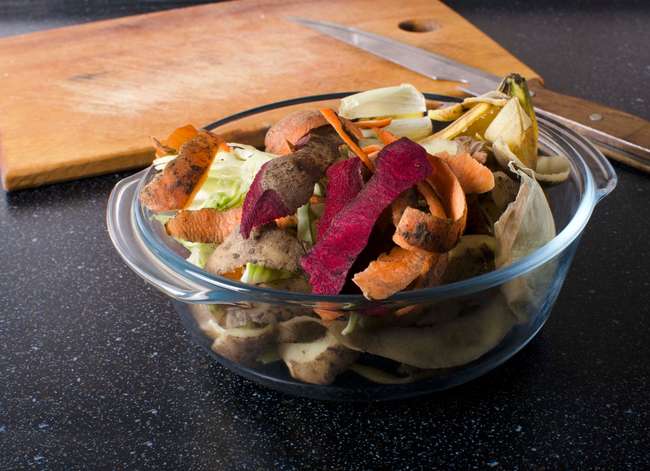

We may earn revenue from the products available on this page and participate in affiliate programs. Learn More ›
Home Advice You Can Trust
Tips, tricks & ideas for a better home and yard, delivered to your inbox daily.
Kitchen trash can be garden treasure.
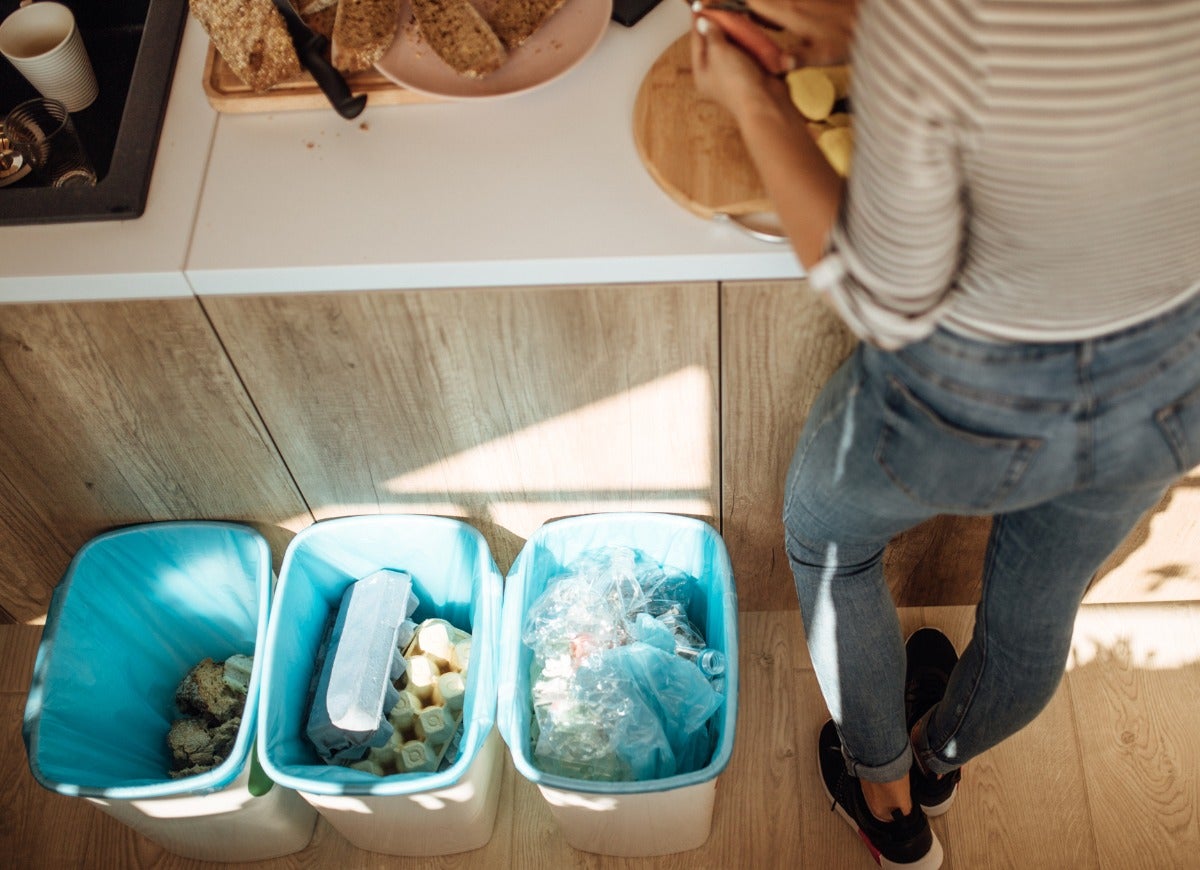
You and your family members aren’t the only ones in your home who get hungry; your indoor and outdoor plants also require regular boosts of nutrients that are vital for healthy growth. Although you don’t need to go out of your way to cook something special for your leafy companions, there are quite a few kitchen scraps and leftovers that your garden will appreciate, demonstrating its gratitude with healthy, green growth and plenty of flowers.
So before you toss those scraps into the trash or the garbage disposal, read on for the scoop on 13 kitchen items that can nourish your plants as well as your family.
Eggshells
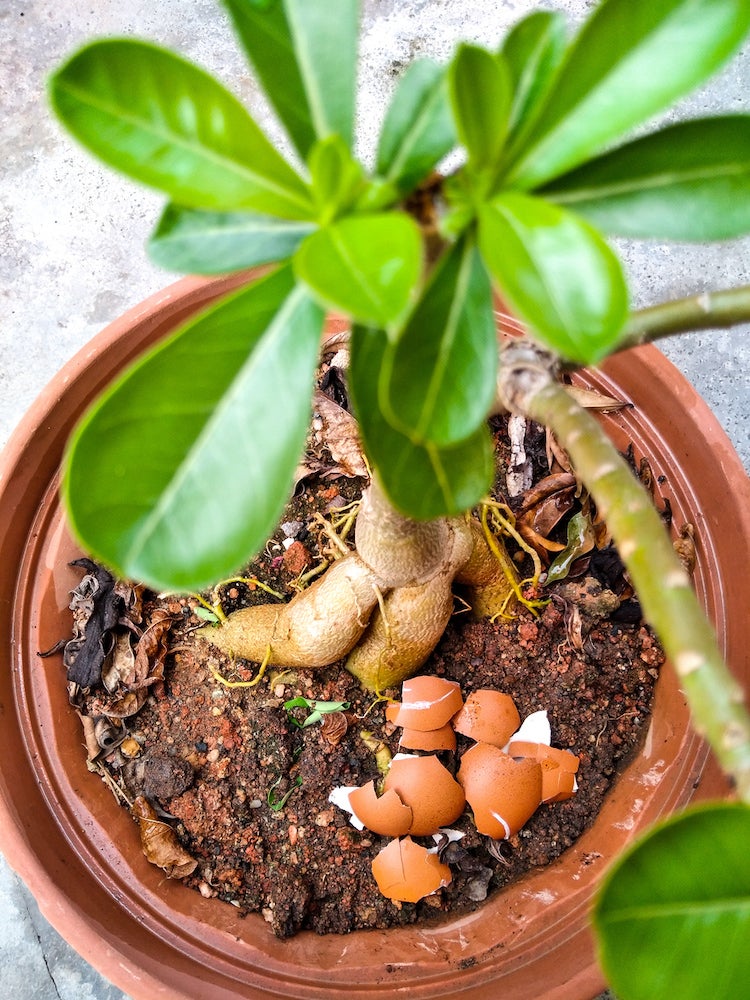
Eggs provide a delicious and healthy breakfast for you, and their shells provide a good “meal” to your plants as well, mostly in the form of calcium. Eggshells are loaded with this crucial mineral, which helps plants establish strong cell walls. Rinse the eggshells thoroughly, let them dry, and then crush with a pestle or a similar grinder. Then work a handful of the ground shells into the soil around your plants, whether in the flower bed or a container.
Coffee Grounds
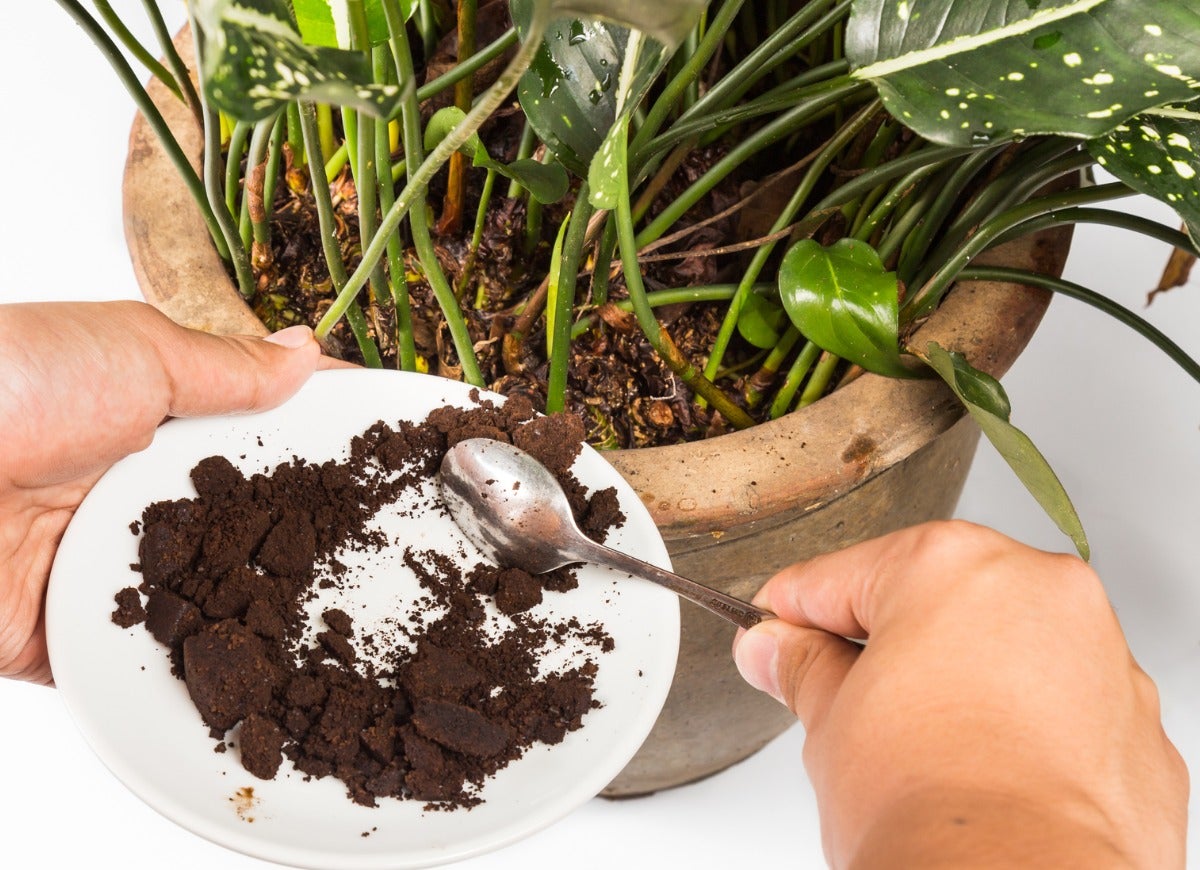
You count on your morning cup of Joe to get you moving, and your plants can reap benefits as well. Coffee grounds contain a lot of nitrogen, which helps boost the development of foliage. But don’t overdo it: too much coffee can stunt plant growth due to the caffeine content and acidity. To be safe, never add more than a half-inch layer of coffee grounds around your plants, and cover the grounds with an inch or two of soil to avoid compaction that could prevent water from penetrating the soil.
Coffee Filters
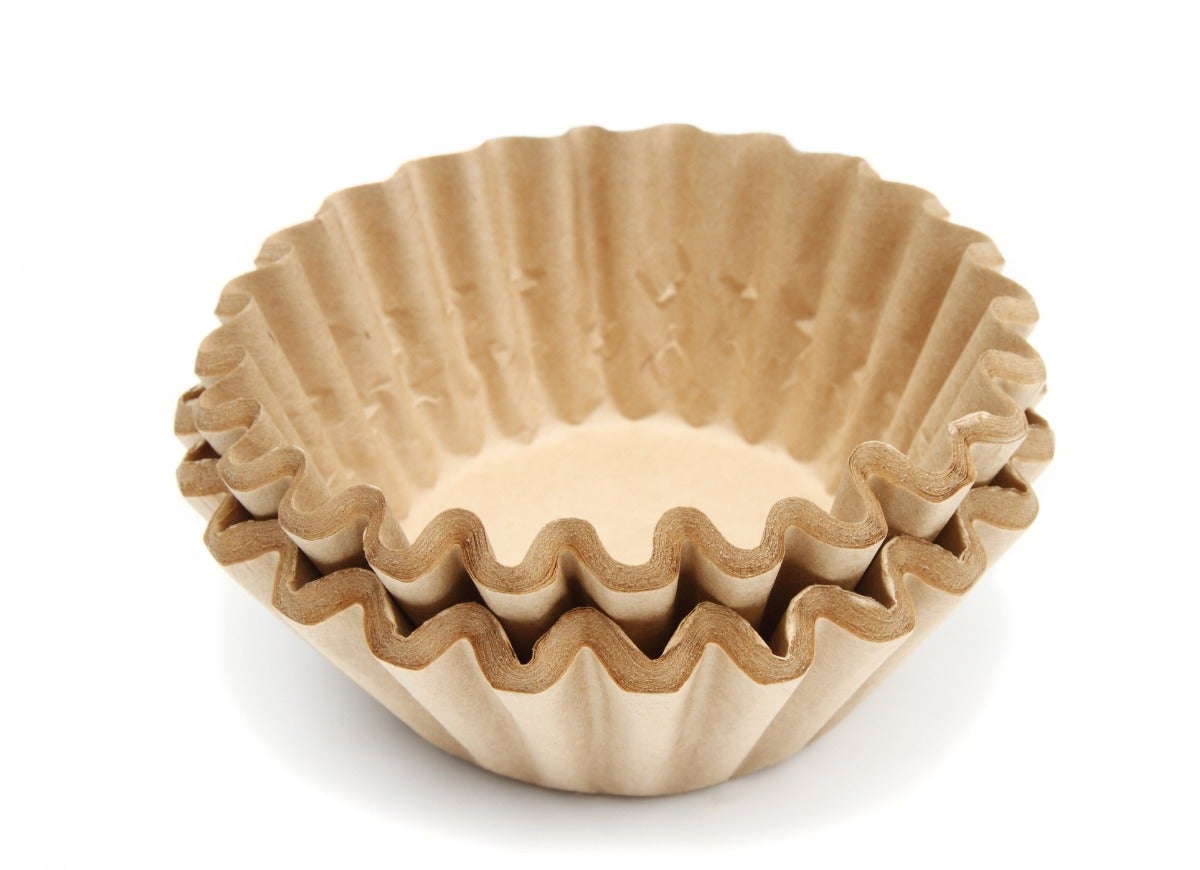
Once you’ve brewed your coffee, don’t toss that paper filter. Instead, next time you’re repotting a houseplant or an outdoor container, use the coffee filters to line the bottom of the pot. This keeps dirt from slipping out of the drainage holes and helps maintain an even level of moisture in the potting soil, since the coffee filter holds onto a bit of water and then releases it as the soil dries between waterings.
Cardboard Tubes
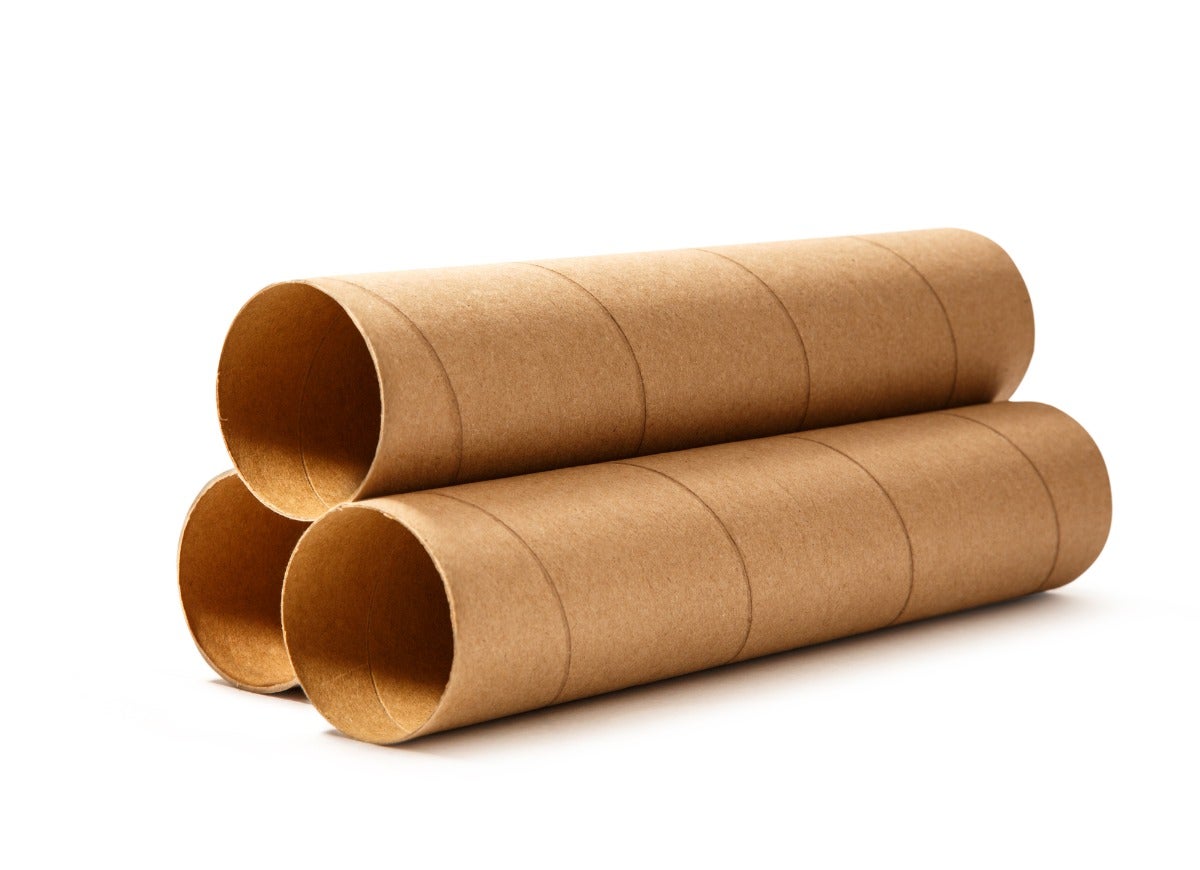
Those cardboard tubes in the middle of toilet paper or paper towel rolls make excellent seedling protectors. Just cut the toilet paper tubes in half, or cut a paper towel tube into five equal parts. Slip one of these cardboard “collars” around the base of seedlings or small, new plants, pushing the cardboard slightly into the soil to hold it in place. The collar will help prevent snails, slugs, cutworms, or other pests from reaching your seedlings, allowing them to grow in peace. The cardboard will break down within a few weeks, so no need to worry about removing it.
Egg Holders
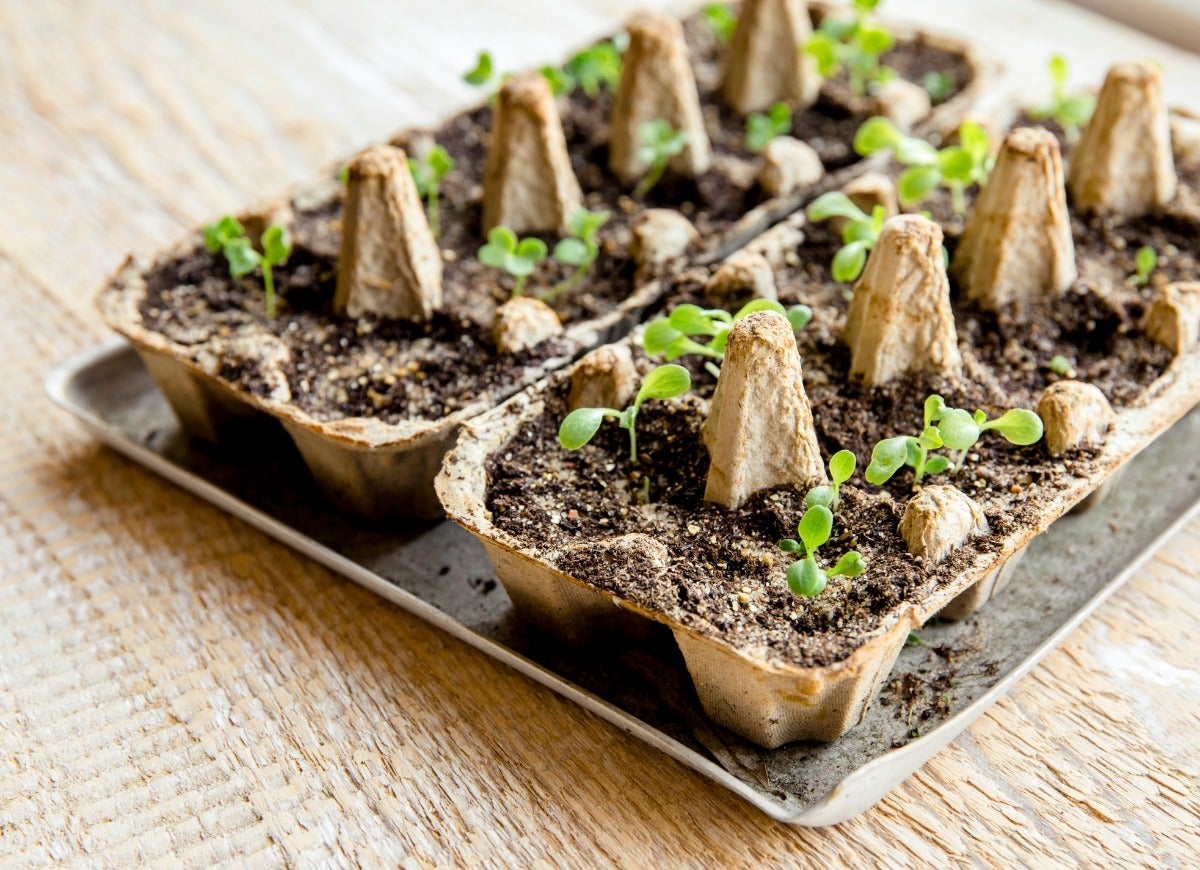
Once you’ve finished off your eggs, you can turn the cardboard egg holder into 12 small seed starting containers. Fill each section with a little bit of seed starter soil, drop a seed into place, and then top off with more soil. Keep the pots in a warm, lighted spot and mist with water daily until seedlings appear.
Once the seedlings are a couple of inches tall, cut the egg holder into 12 separate sections, and plant each directly into your garden. The cardboard will dissolve over time, and your seedlings can grow big and strong without fear of disturbing their roots.
Banana Peels

Banana peels are good for more than tripping would-be villains in cartoons. They are high in potassium, a critical nutrient that helps plants move water between cells, establish healthy roots, set fruit and blossoms, and fight off disease. So next time you finish a banana, instead of tossing the peel, bury it next to one of your outdoor flowering plants. Take care to cover it with several inches of soil to prevent insect infestations or odor. As the peel decomposes, it will release its potassium and other nutrients into the soil, to the benefit of the nearby plants.
Nutshells
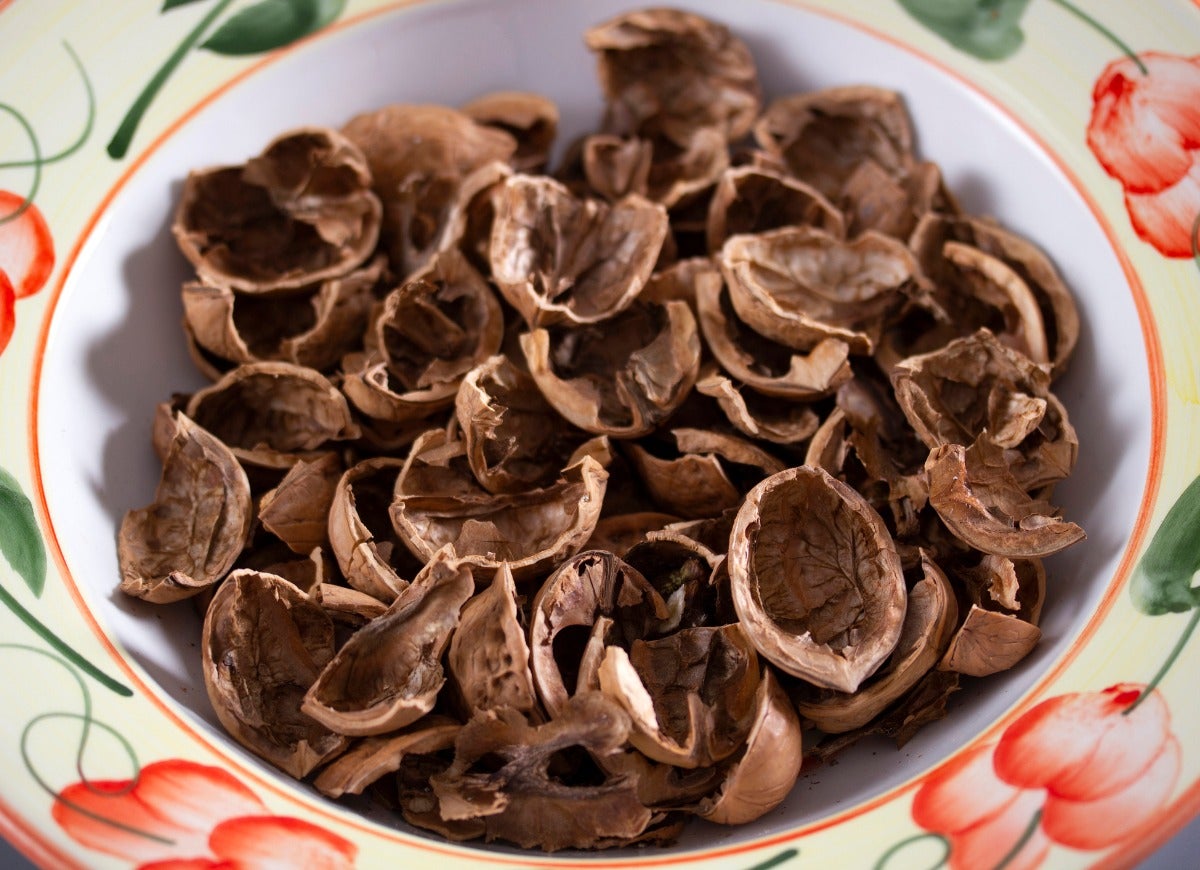
If snails or slugs are ravaging your garden, and you want to avoid using toxic baits, give nutshells a try. Any variety of nut will do—except for black walnut shells, which contain a compound called juglone that can be harmful to many types of plants, including tomatoes, peppers, hydrangeas, and rhododendrons.
Roasted nuts are fine, but stay away from salted shells, which in large enough quantities might burn your plants. Use a hammer or other heavy object to pound the nutshells into small, jagged pieces, and then sprinkle the shells in a circle around vulnerable plants. Tender snails and slugs don’t like to glide over sharp surfaces, so they will turn away in search of easier food sources.
Cooking Water
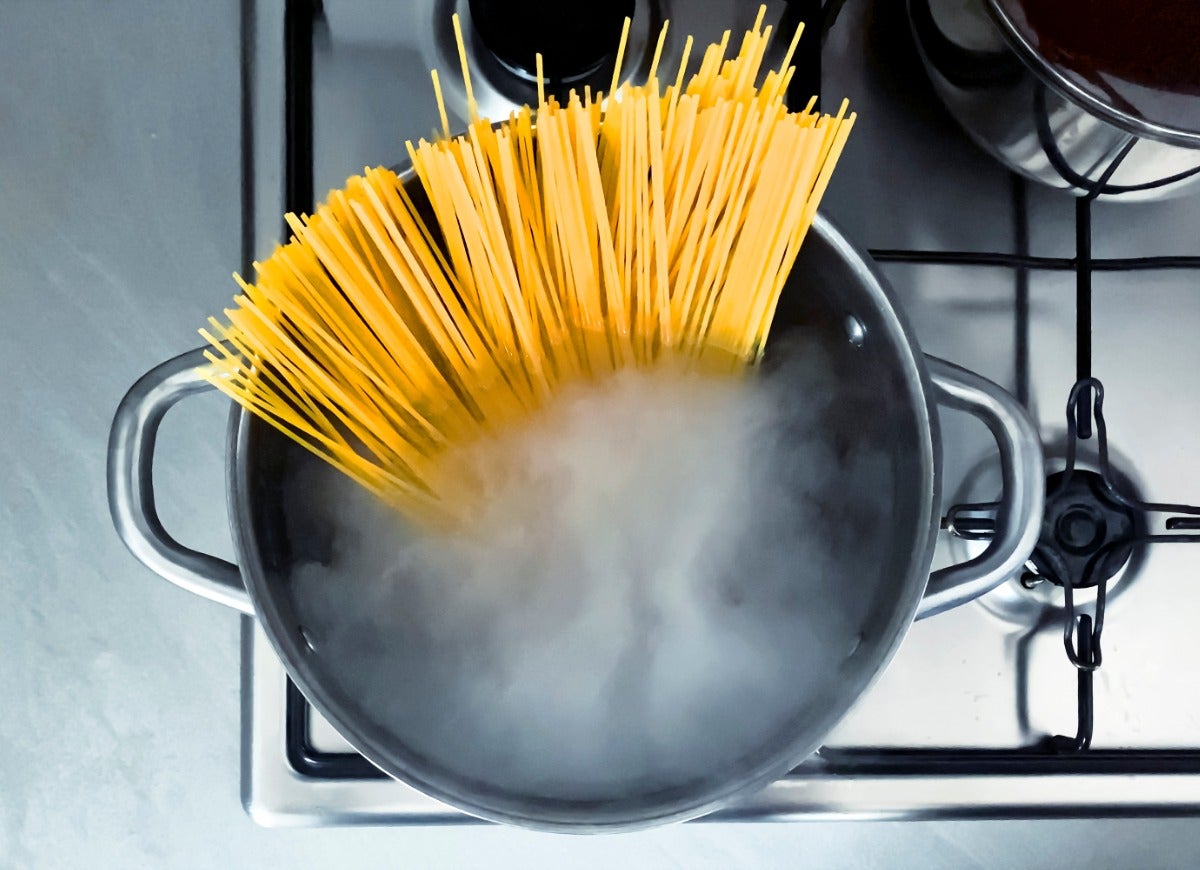
With water restrictions due to drought burdening many parts of the country, why waste water that was used to boil or steam vegetables, pasta, or beans? Instead of pouring it down the drain once you’ve finished cooking, use that (unsalted) water to fill your watering can. Not only will you quench the thirst of your houseplants or outdoor plants, you’ll also provide them with a little bit of fertilizer, thanks to the starches, vitamins, and minerals that leach out of cooking food and into the water.
Plastic Milk Jugs
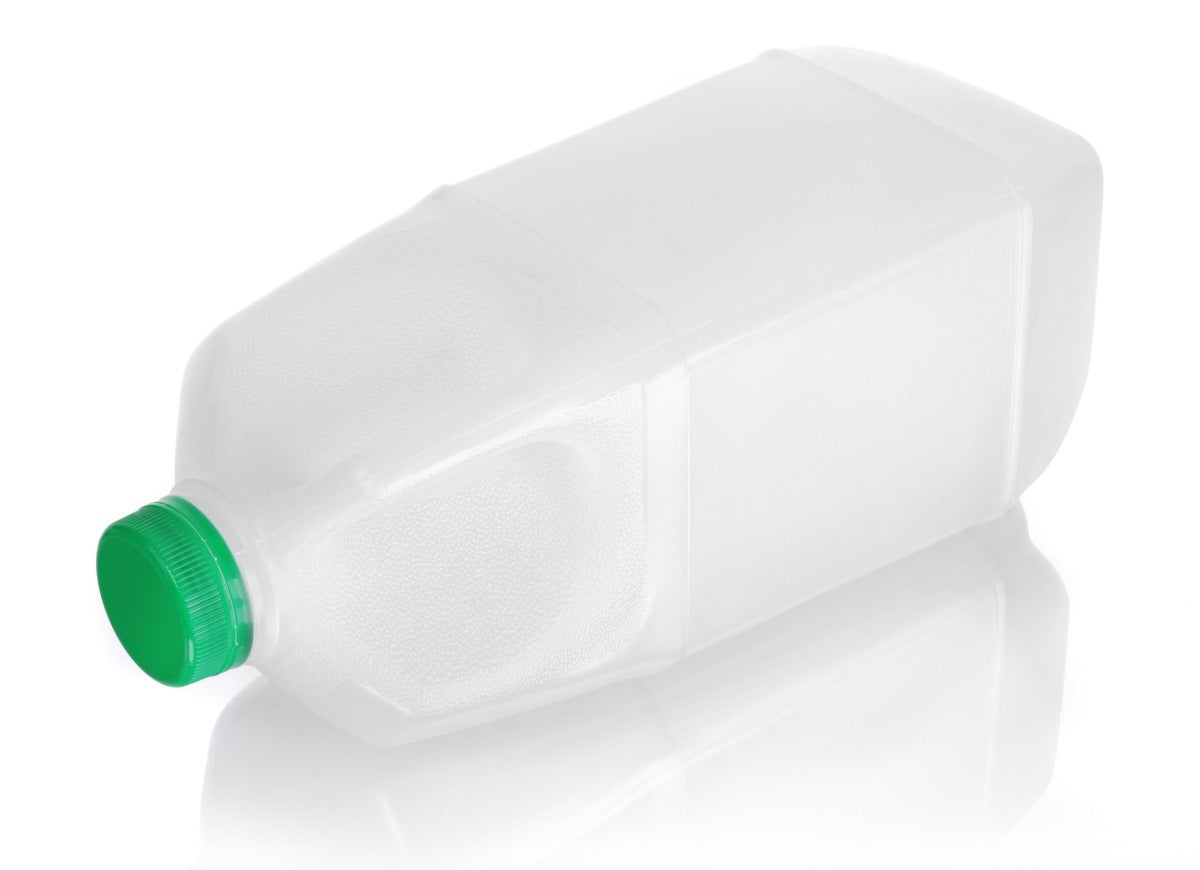
Turn an old plastic milk jug into a protective cloche by cutting away the base of the jug. Remove the lid, and slip the cloche over young plants you’d like to protect from unexpected late frosts, drying winds, and pests such as rabbits and birds. The cloche will also serve as a mini-greenhouse while young plants get established, holding in moisture and warmth. Remove the milk jug once the plant is established. To keep the plastic jugs from blowing away, anchor them to the ground with kebab skewers or similar small stakes.
Citrus Peels
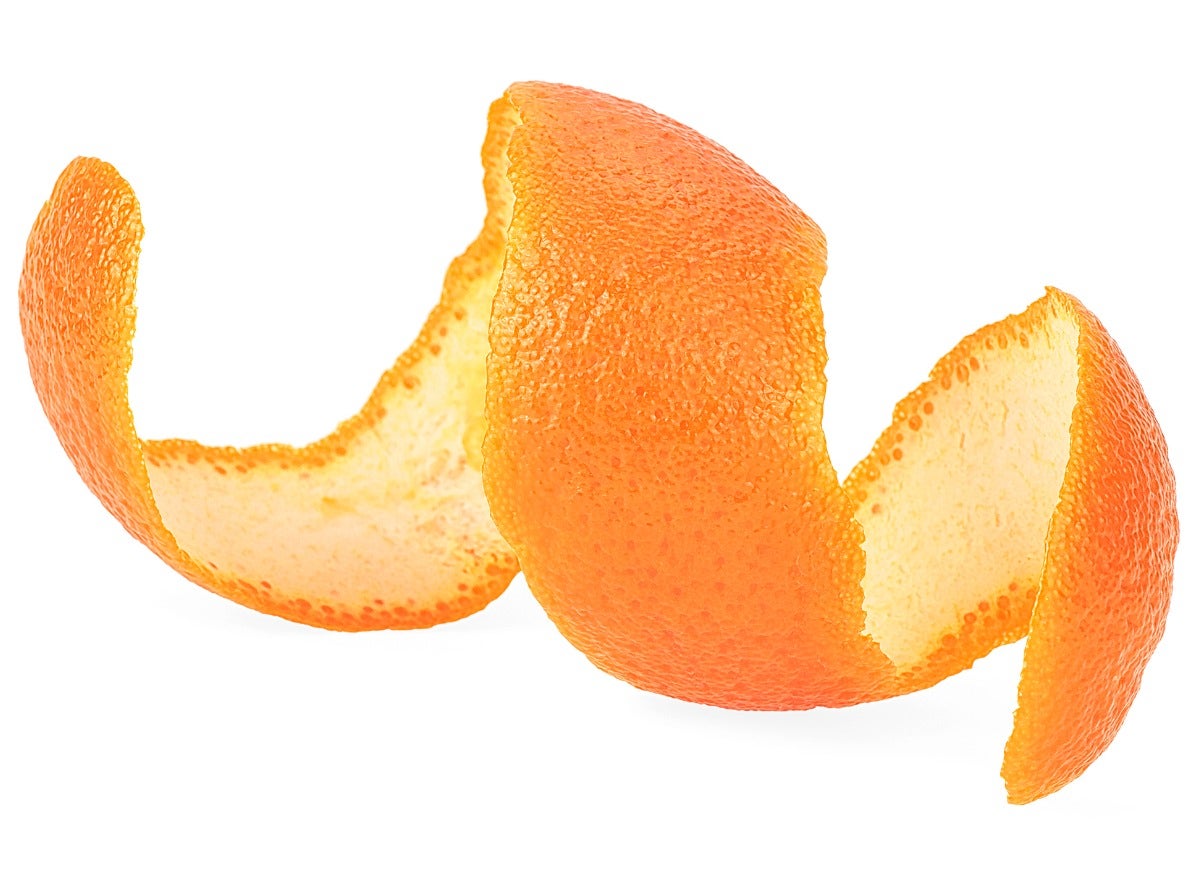
If neighborhood cats are using your garden as their own private litter box, you can discourage unwanted visits with citrus peels. Most cats detest the smell of citrus, and recoil from the scent of orange, lime, lemon, or grapefruit peels. Use this to your advantage by cutting up peels into 1-inch chunks—the more you cut into the peel, the stronger the scent, since cutting releases the citrus oils. Then scatter the chunks around the planter the cats favor. You’ll need to replace the peels every few days, but the cats should get the message quickly and abandon your garden in search of a more hospitable spot.
Vegetable Peels
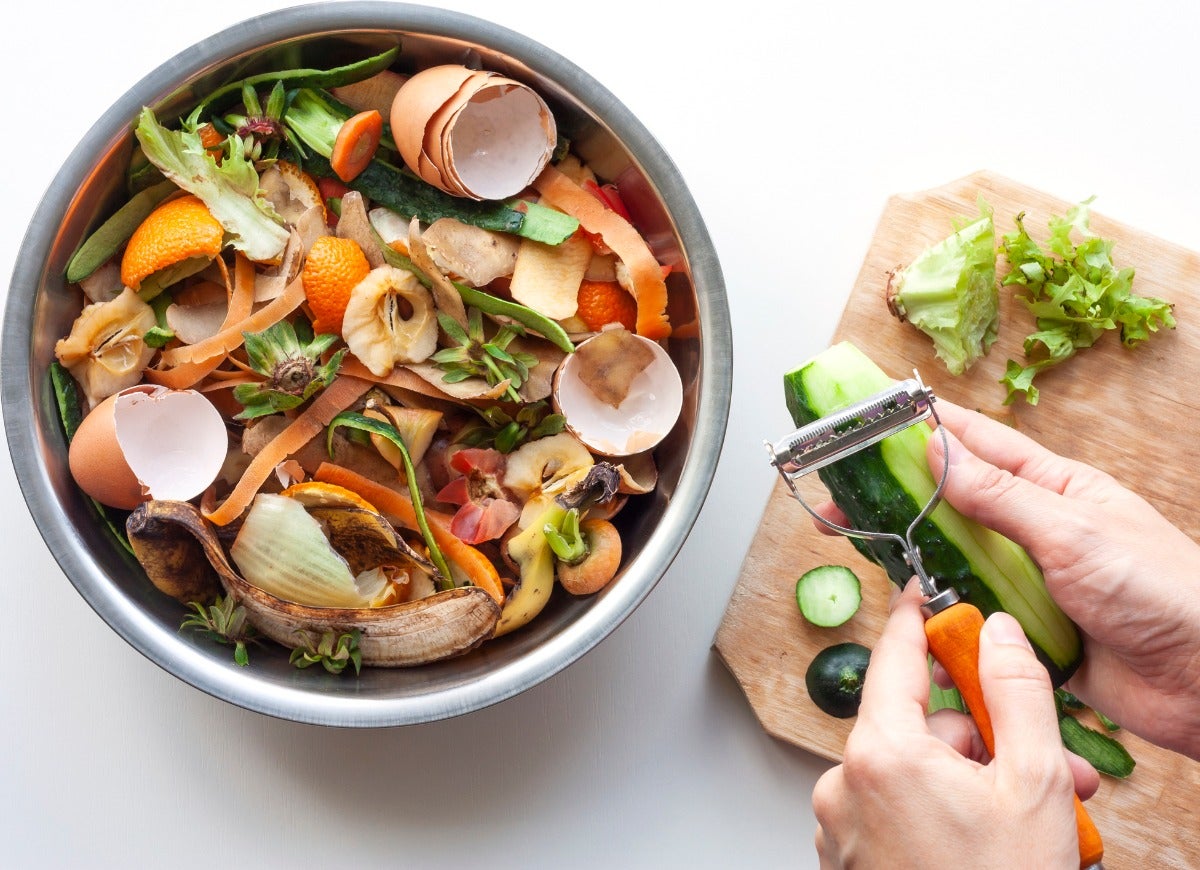
You don’t have to have a designated compost heap to produce compost. In fact, you can simply dig a trench or hole about 12 inches deep in an area of the garden with light foot traffic, and fill it with those hate-to-toss kitchen scraps such as vegetable peels, over-ripe fruit, coffee grounds, and crushed eggshells.
Fill the trench with 4 to 6 inches of scraps, and then top the trench off with soil. Within a few months, the scraps will have broken down into nutrient-rich compost, which can be left in place or dug up and spread throughout your garden as needed.
Tea Bags
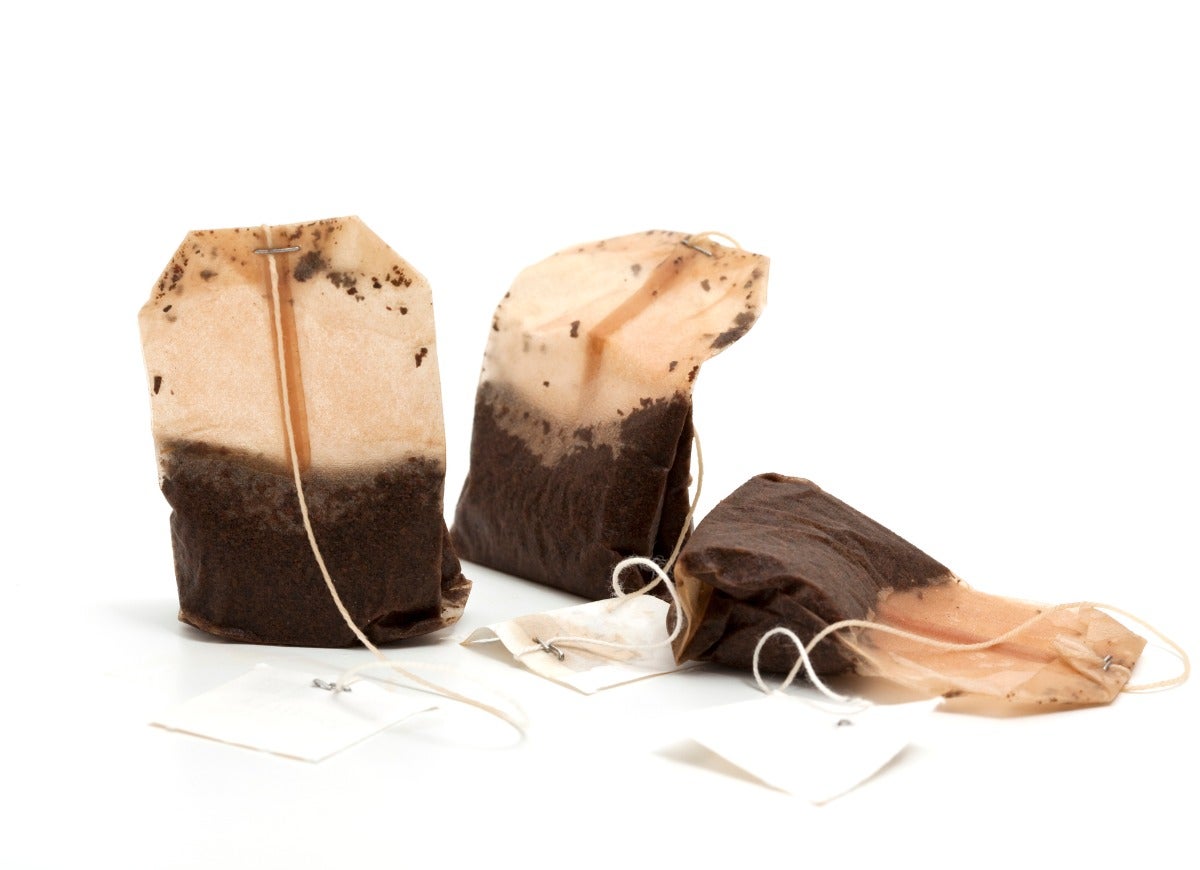
If you enjoy a cup or more of tea each day, you likely toss quite a few tea bags into the trash. Instead, use your spent tea bags to brew up fertilizer for your potted plants. Just fill your tea kettle with water as usual, but instead of adding fresh tea bags, add one to three used black or green tea bags.
Let the brew steep for 15 minutes or so before finally tossing the bags and letting the tea come to room temperature. Fill your watering can with the brew and water your plants as usual. The tea provides extra nutrients that help encourage strong roots and healthy new leaves.
Hot Peppers
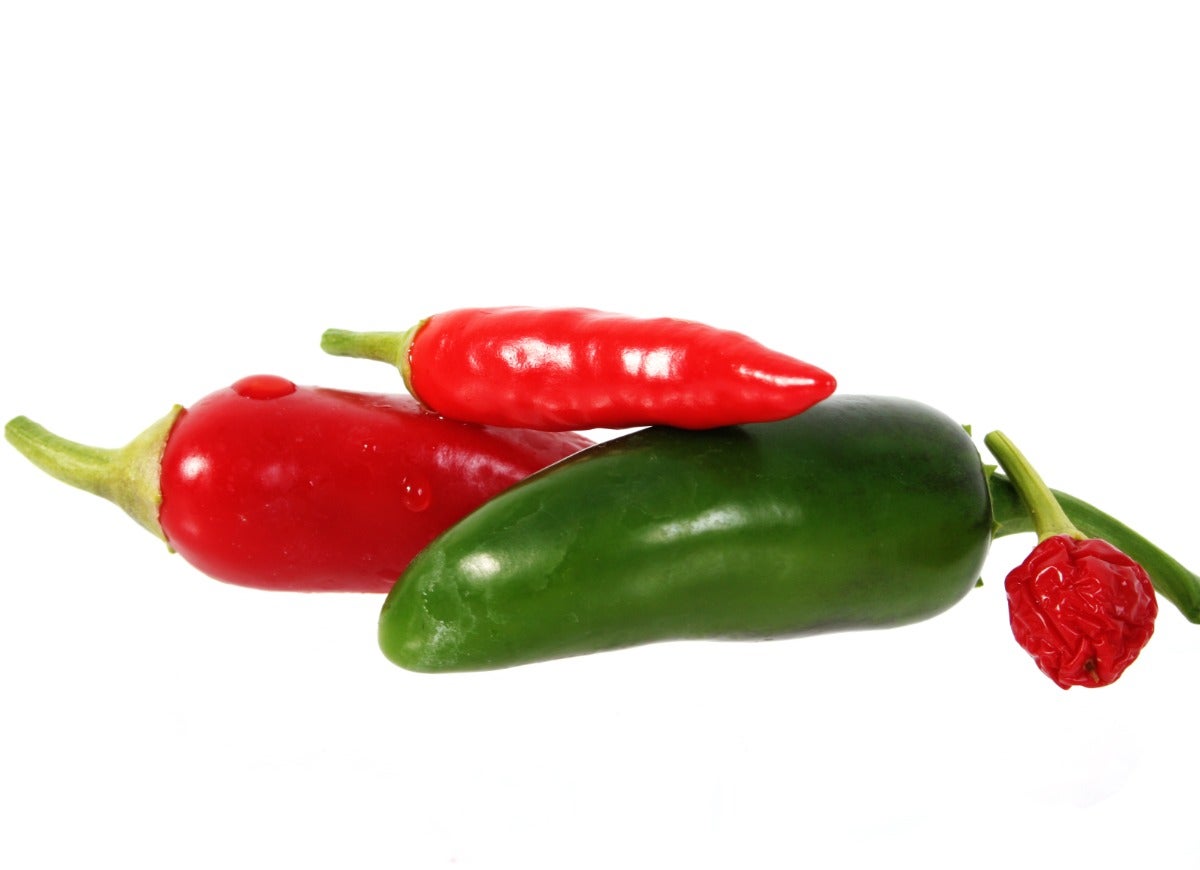
Those hot peppers are good for more than making salsa or adding zip to recipes; you can also use them to discourage rabbits, deer, and other pesky garden visitors from devouring your plants. So instead of tossing the scraps from your hot peppers, use them to make a repellant spray. Just gather up the bits and pieces from jalapeno, serrano, cayenne, or other super-spicy varieties until you have the equivalent of around four or five peppers.
Add them to a half-gallon of water, and heat to a simmer for 15 to 30 minutes. Turn off the heat and let the solution sit for another 24 hours before straining to remove the pepper pieces. Now add the spicy liquid to a spray bottle, along with a teaspoonful of olive oil, and shake well to mix. Use the spray on marauder-susceptible plants; for best results, you’ll need to spray every few days.

All You Need to Care for Your Lawn & Garden
Keeping your grass green and your plants thriving doesn’t just take a green thumb—it starts with the right tools and supplies.